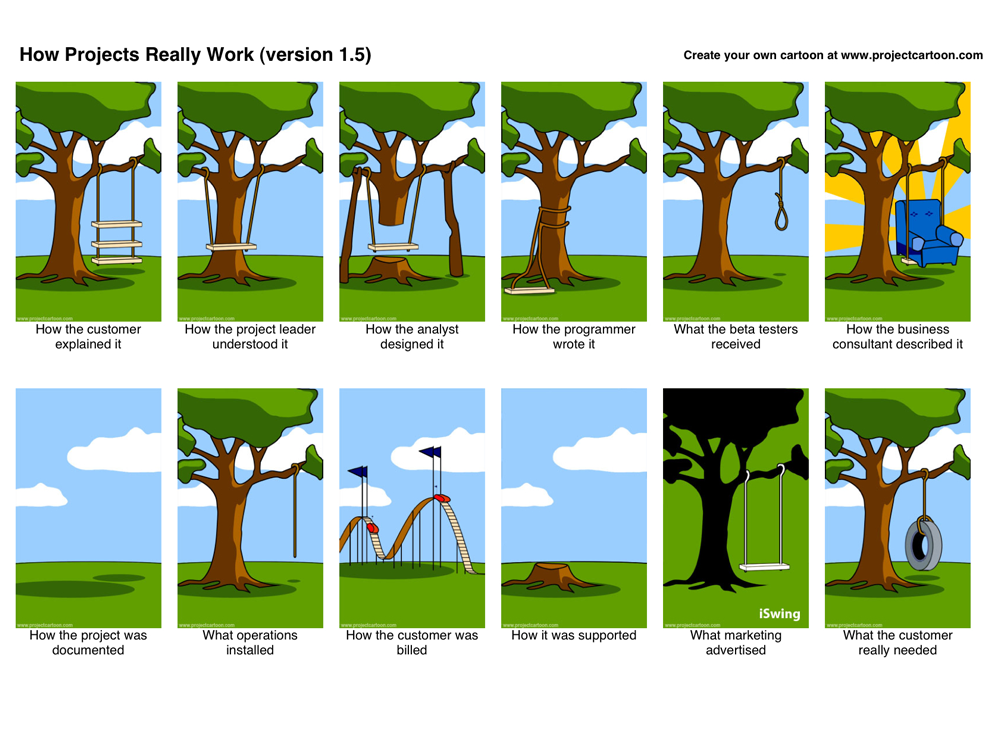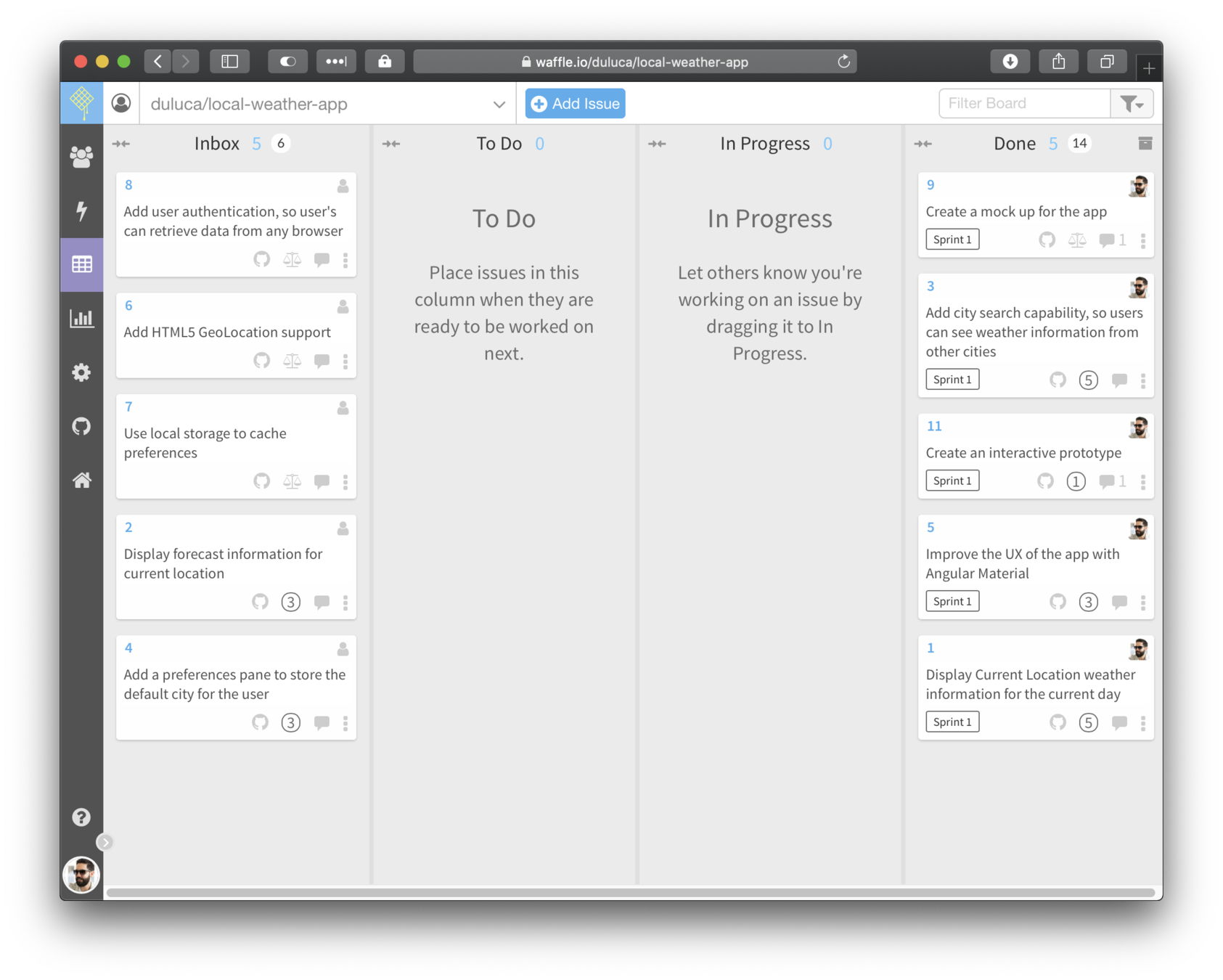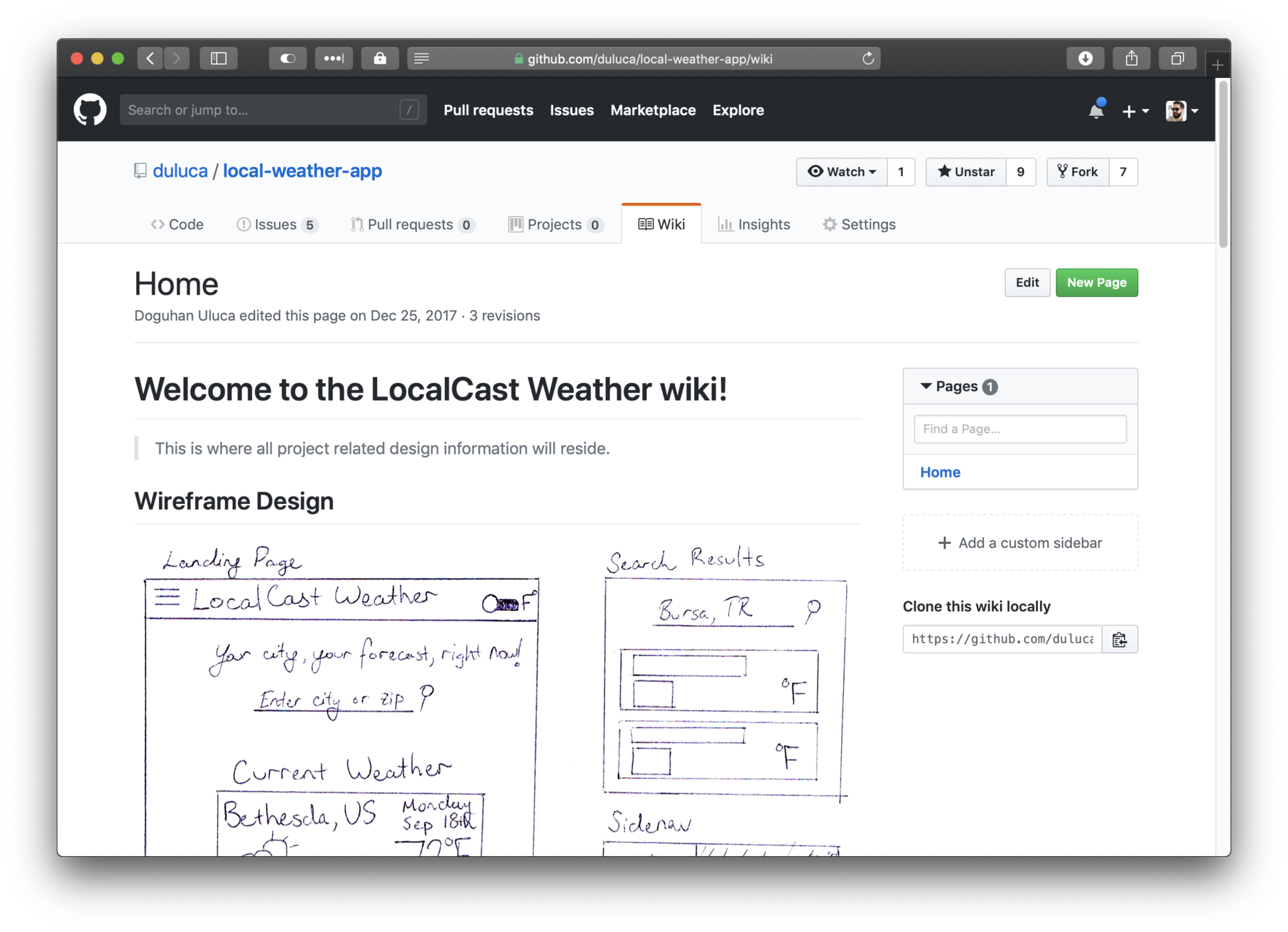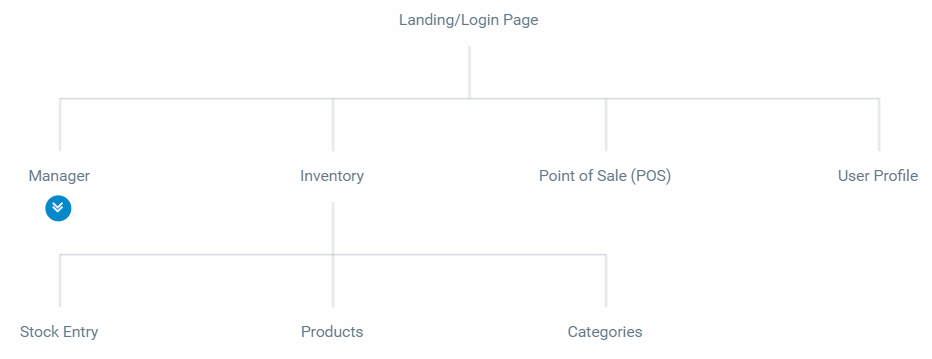Router-First Architecture in Angular Apps

DOGUHAN ULUCA






Ways We Develop Apps
Personal
Enterprise
- On your own time
- Passion-driven
- Likely under engineered
- No routing
- On company time
- Requirement-driven
- Likely over engineered
- ngrx
Line-of-Business Apps
Personal
Enterprise
Apps We Develop
Line-of-Business Apps
"set of critical computer applications perceived as vital to running an enterprise"
Source: Wikipedia
Personal
Enterprise
The Enterprise Niche
really complicated or large LOB apps, tools or products
Line-of-Business Apps
-
When we start coding, we really never know how much or how little our app will be used
-
Our apps can quickly become a LOB app
-
LOB apps are really important to businesses
So
Fundamental architecture is really important
Thus
What is Router-First Architecture?
- enforce high-level thinking
- ensuring consensus on features
- before you start coding
- plan on your codebase/team to grow
- little engineering overhead
A way to

High-Level Architecture











Lemon
Mart



Lemon
Mart








Stakeholders
😎
😄
😄
😄






Stakeholders
😄
😟
😄
😄





Stakeholders
🤔
😟
😟
😎
/manager/dashboard
/inventory/dashboard
/manager/dashboard




Stakeholders
😞
😟
😟
😠


more dev teams
Major UX redesign
"I quit",
"Haha, not before I do"
BUGS



😰

🤬

😱

🤮
- Develop a roadmap and scope
- Design with lazy loading in mind
- Implement a walking-skeleton navigation experience
- Achieve a stateless, data-driven design
- Enforce a decoupled component architecture
- Differentiate between user controls and components
- Maximize code reuse with ES6/TypeScript
How to implement Router-First?
- Develop a roadmap and scope
- Design with lazy loading in mind
- Implement a walking-skeleton navigation experience
- Achieve a stateless, data-driven design
- Enforce a decoupled component architecture
- Differentiate between user controls and components
- Maximize code reuse with ES6/TypeScript
How to implement Router-First?

Site Map

Site Map

Site Map

1. Develop a Roadmap and Scope
- Get high-level architecture right
- Define the map before getting on the road
- Capture the vision concretely
- Bring tools in only when necessary
- Implement iteratively
- Drive for perfection only after the fundamentals are in place and agreed upon
- Document every artifact you create
Develop a roadmap and scope- Design with lazy loading in mind
- Implement a walking-skeleton navigation experience
- Achieve a stateless, data-driven design
- Enforce a decoupled component architecture
- Differentiate between user controls and components
- Maximize code reuse with ES6/TypeScript
How to implement Router-First?
First-Paint Matters, A Lot
- 53% of mobile users* abandon if load times > 3 secs
- Content is consumed mostly on mobile*
- 70% in the US
- 90% in China
- Angular Universal is hard
*Source: Angular Team, Google Analytics, 2018

Define User Roles
- manager
- inventory
- pos
- unauthorized



Lazy Loading Tips

2. Design with Lazy-Loading in Mind
- First-paint matters a lot
- Lazy loading is low hanging fruit
- Requires user roles to be defined early on
- Very difficult implement lazy-loading after the fact
Develop a roadmap and scopeDesign with lazy loading in mind- Implement a walking-skeleton navigation experience
- Achieve a stateless, data-driven design
- Enforce a decoupled component architecture
- Differentiate between user controls and components
- Maximize code reuse with ES6/TypeScript
How to implement Router-First?







- Gather feedback from users
- Workout fundamental workflow and integration issues quickly
- Concrete representation of scope
- Sets the stage for multiple teams to work in tandem
3. Walking-Skeleton Navigation UX
Develop a roadmap and scopeDesign with lazy loading in mindImplement a walking-skeleton navigation experience- Achieve a stateless, data-driven design
- Enforce a decoupled component architecture
- Differentiate between user controls and components
- Maximize code reuse with ES6/TypeScript
How to implement Router-First?



RxJS/BehaviorSubject as Data Anchors
Using RxJS/BehaviorSubject


4. Be Stateless & Data-Driven
- Define "data anchors"
- Leverage RxJS features
- Write "functional" code
- Don't store data in components
- Data across components are kept in sync
Develop a roadmap and scopeDesign with lazy loading in mindImplement a walking-skeleton navigation experienceAchieve a stateless, data-driven design- Enforce a decoupled component architecture
- Differentiate between user controls and components
- Maximize code reuse with ES6/TypeScript
How to implement Router-First?
Loading Data


Router Doesn't Always Make Sense
*Use reactive forms
i.e. Forms*
@Input and @Output Bindings
Simple Hierarchy of Components
Refrain from dynamic templates

Router Outlets and Auxiliary Paths to Compose Screens



Router Links
Resolvers
Auth Guards
5. Be Decoupled
- Every component should be responsible of loading their own data
- Allows for composition of components
- Router enables URL driven composition
- Don't abuse the router
- Ok to design for a parent component to contain multiple hard-coded components
Develop a roadmap and scopeDesign with lazy loading in mindImplement a walking-skeleton navigation experienceAchieve a stateless, data-driven designEnforce a decoupled component architecture- Differentiate between user controls and components
- Maximize code reuse with ES6/TypeScript
How to implement Router-First?
i.e. Custom Date Input
Highly coupled, convoluted, complicated code
Using Angular features no one has ever heard of before
What's a User Control?
i.e. Form with date inputs
Code must be easy to read and understand
Stick to Angular basics
What is a component?
So code is stable and easy to maintain
User controls encapsulate complicated code
Reusability
User controls can be shipped in libraries
User controls can be open sourced
Save time and resources
Composable components
6. User Controls vs Components
- Wire-framing allows to identify reusable elements early on
- Keep user interaction code separate from business logic
- Encapsulate domain specific behavior and share it
Develop a roadmap and scopeDesign with lazy loading in mindImplement a walking-skeleton navigation experienceAchieve a stateless, data-driven designEnforce a decoupled component architectureDifferentiate between user controls and components- Maximize code reuse with ES6/TypeScript
How to implement Router-First?
DRY
Don't Repeat Yourself
Object-Oriented Design
Move behavior to classes
i.e. Hydration, ToJSON, Calculated Properties
Remain stateless and functional
Documents shape of data
Separate internal data shape from external shape
Aim for flat data hierarchy
Interfaces
Pass abstractions, not concretions
Arrays and simple shapes for common objects are okay
i.e. name object, domain-specific object
No string literals in code
Enum
No string literals in code
No string literals in code
Validators and Pipes
7. Use ES6 & TypeScript Features
- Design around abstractions
- Use classes to reuse context specific behavior
- Use interfaces to communicate the shape of internal and external data
- Use enums instead of string literals
- Leverage Angular Validators and Pipes to reuse logic
Router-First Metrics
- 6 months of development
- Increasing team size
- Increasing velocity
- Increasing quality
- First-paint 2-3 seconds
- Module loads vary 25-30 seconds
- Unoptimized, uncompressed
- Slow 3G first-paint
(3 to about a dozen)
(811 KB)
(2.4 MB)
30 seconds
, module loads 1.6 mins


Think Router-First
Keep it simple
Master the fundamentals

AngularForEnterprise.com
@duluca
github.com/duluca